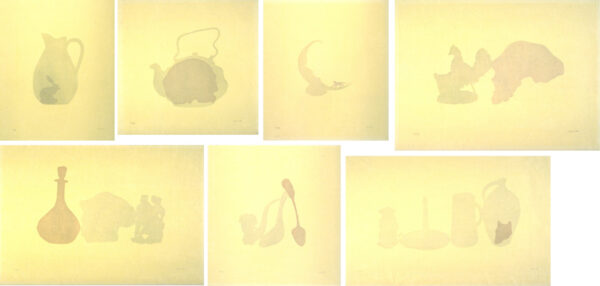
Set of seven framed aquatints, each with an overlaid hosho paper coated with beeswax.
each varies; each varies. 15.
Crown Point Press and Lawrence Hamlin.
$12,000 InquireInquire
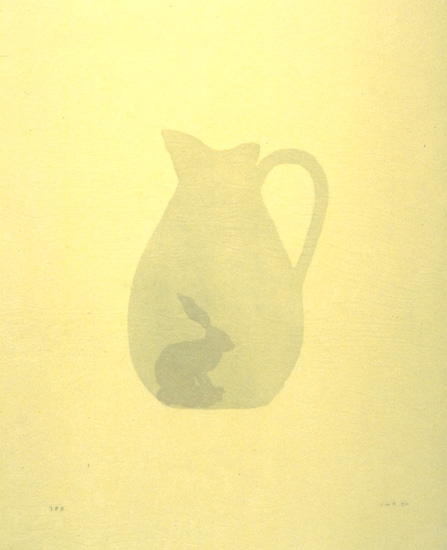
One of seven framed aquatints, each with an overlaid hosho paper coated with beeswax.
22½ x 18"; 22½ x 18". 15.
Crown Point Press and Lawrence Hamlin.
$2,000 InquireInquire
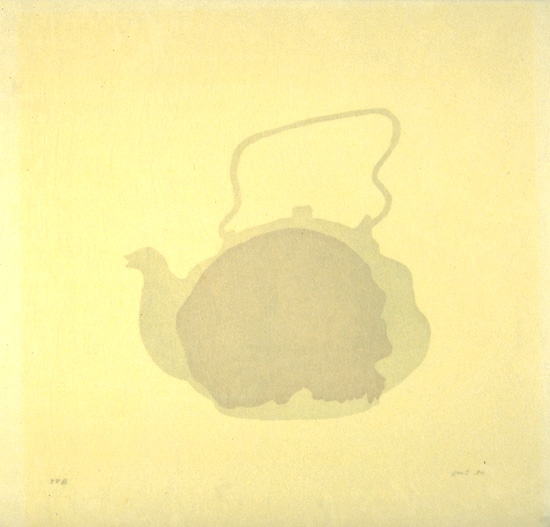
One of seven framed aquatints, each with an overlaid hosho paper coated with beeswax.
17½ x 17"; 17½ x 17". 15.
Crown Point Press and Lawrence Hamlin.
$2,000 InquireInquire

One of seven framed aquatints, each with an overlaid hosho paper coated with beeswax.
19¾ x 18"; 19¾ x 18". 15.
Crown Point Press and Lawrence Hamlin.
$2,000 InquireInquire
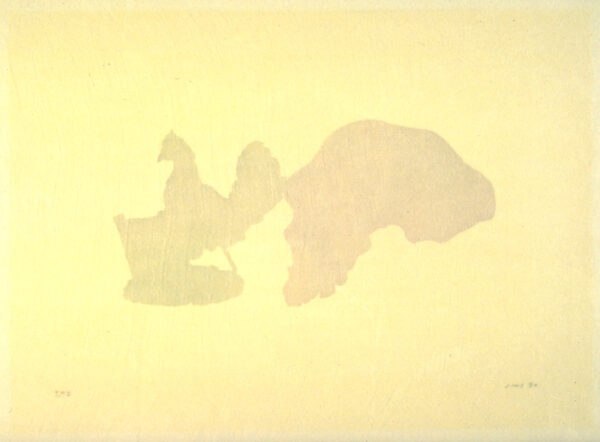
One of seven framed aquatints, each with an overlaid hosho paper coated with beeswax.
16¼ x 22¼"; 16¼ x 22¼". 15.
Crown Point Press and Lawrence Hamlin.
$2,000 InquireInquire
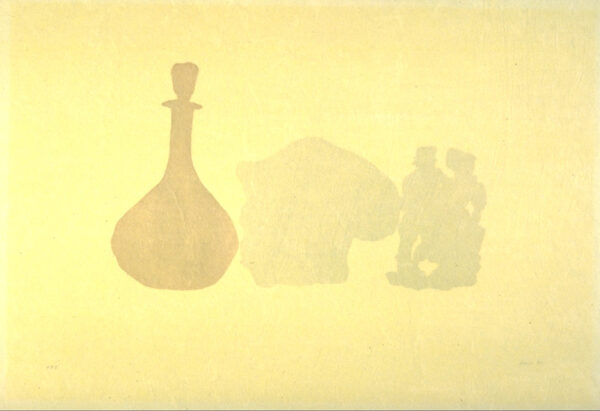
One of seven framed aquatints, each with an overlaid hosho paper coated with beeswax.
18¾ x 27½"; 18¾ x 27½". 15.
Crown Point Press and Lawrence Hamlin.
$2,000 InquireInquire

One of seven framed aquatints, each with an overlaid hosho paper coated with beeswax.
20¼ x 19¼"; 20¼ x 19¼". 15.
Crown Point Press and Lawrence Hamlin, assisted by Paul Mullowney.
$2,000 InquireInquire
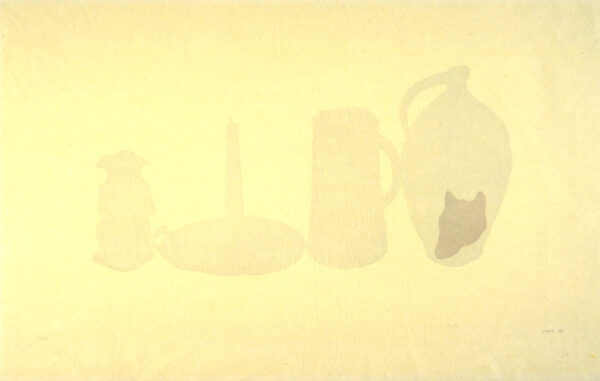
One of seven framed aquatints, each with an overlaid hosho paper coated with beeswax.
21¼ x 34¼"; 21¼ x 34¼". 15.
Crown Point Press and Lawrence Hamlin, assisted by Paul Mullowney.
$2,000 InquireInquire
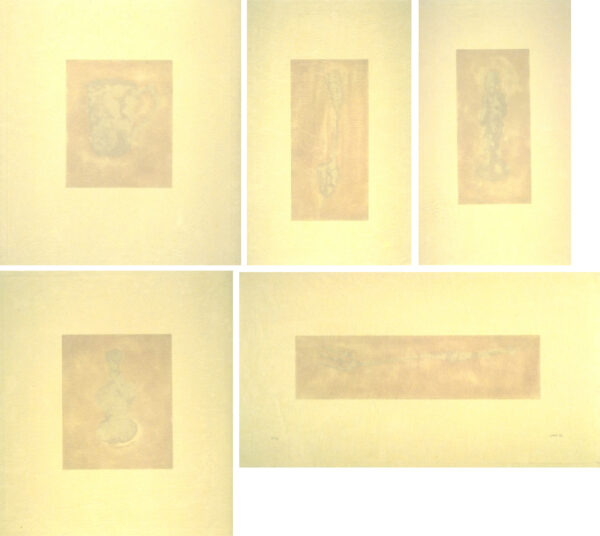
Set of five framed aquatints, each with an over-laid hosho paper coated with beeswax.
each varies; each varies. 15.
Crown Point Press and Lawrence Hamlin.
$7,500 InquireInquire
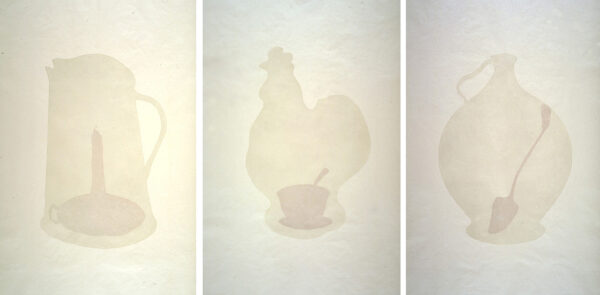
Series of three aquatints.
45 x 36"; 64 x 47½". 15.
Crown Point Press and Lawrence Hamlin.
$12,000 InquireInquire
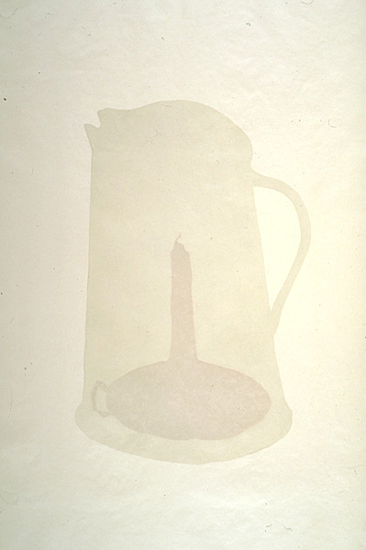
One in a series of three aquatints.
45 x 36"; 64 x 47½". 15.
Crown Point Press and Lawrence Hamlin, assisted by Paul Mullowney.
$5,000 InquireInquire

One in a series of three aquatints.
45 x 36"; 64 x 47½". 15.
Crown Point Press and Lawrence Hamlin, assisted by Paul Mullowney.
$5,000 InquireInquire

One in a series of three aquatints.
45 x 36"; 64 x 47½". 15.
Crown Point Press and Lawrence Hamlin, assisted by Paul Mullowney.
$5,000 InquireInquire
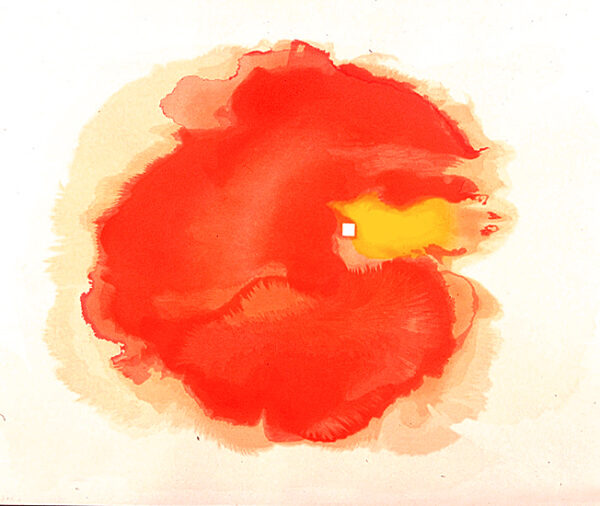
One in a set of two color woodcuts.
25½ x 30¼"; 25½ x 30¼". 100.
Crown Point Press and Tadashi Toda at Shi-un-do Print Shop, Kyoto.
$2,500 fair market value Unavailable

One in a set of two color woodcuts.
25½ x 30¼"; 25½ x 30¼". 100.
Crown Point Press and Tadashi Toda, carved by Shunzo Matsuda.
$2,500 fair market value Unavailable
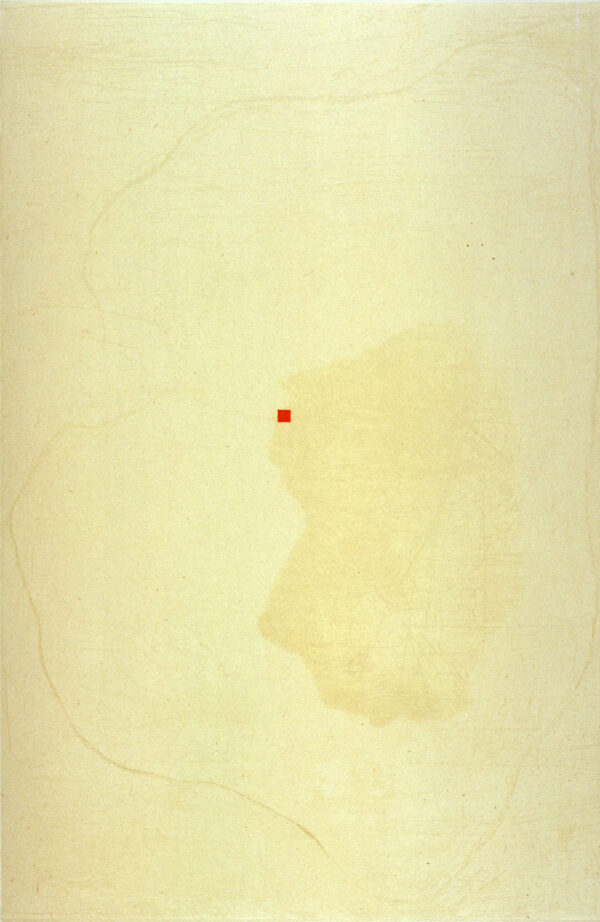
Color spit bite and soap ground aquatints with aquatint printed on gampi paper chine collé.
18 x 12"; 30¼ x 22¾". 25.
Crown Point Press and Renée Bott.
$2,500 InquireInquire

Color spit bite and soap ground aquatints with aquatint printed on gampi paper chine collé.
18 x 12"; 30¼ x 22¾". 25.
Crown Point Press and Renée Bott.
$2,500 fair market value Unavailable
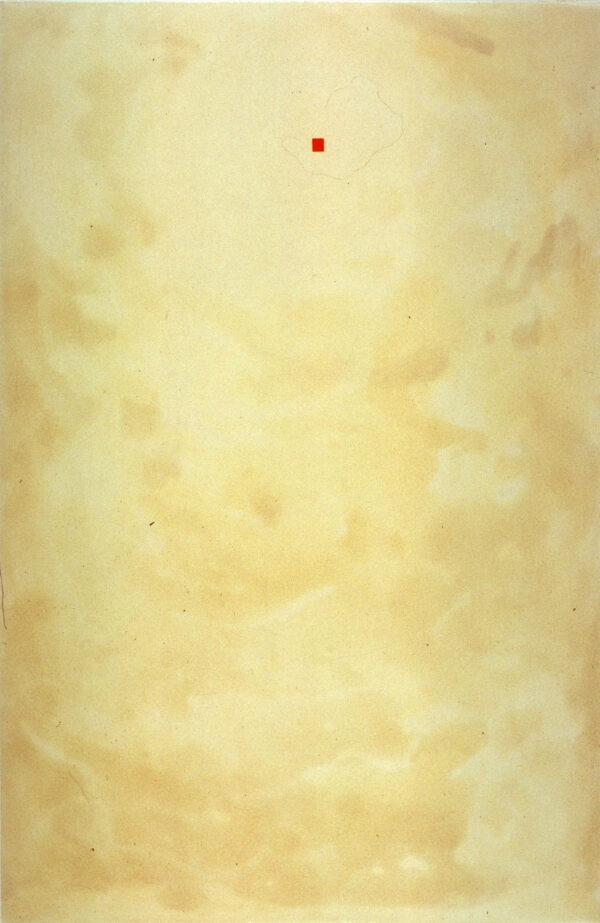
Color drypoint with spit bite and soap ground aquatints and aquatint printed on gampi paper chine collé.
18 x 12"; 30¼ x 22¾". 25.
Crown Point Press and Renée Bott.
$2,500 InquireInquire

Color drypoint with aquatint and embossing printed on gampi paper chine collé.
18 x 12"; 30¼ x 22¾". 25.
Crown Point Press and Renée Bott.
$2,500 fair market value Unavailable
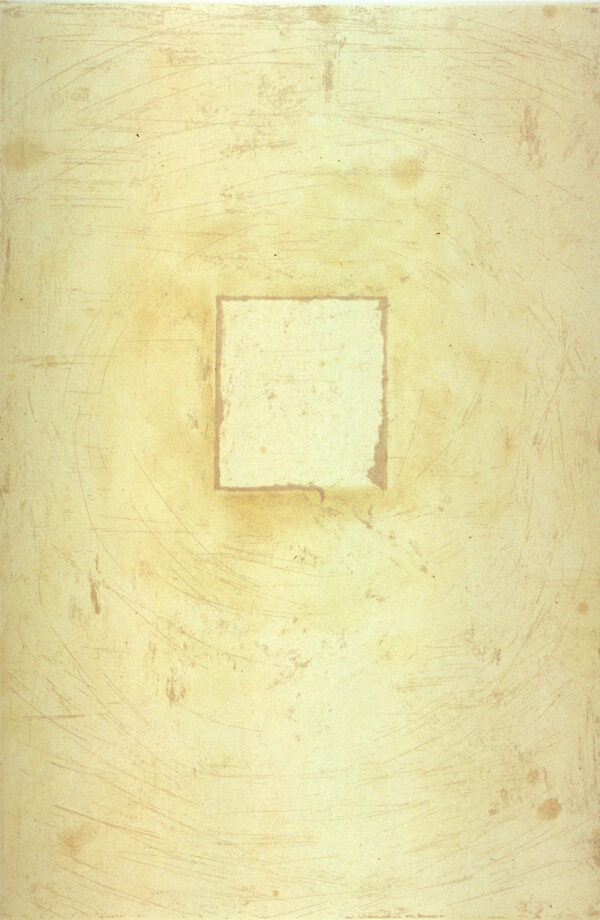
Color spit bite and soap ground aquatints with drypoint roulette printed on gampi paper chine collé.
18 x 12"; 30¼ x 22¾". 25.
Crown Point Press and Renée Bott.
$2,500 InquireInquire
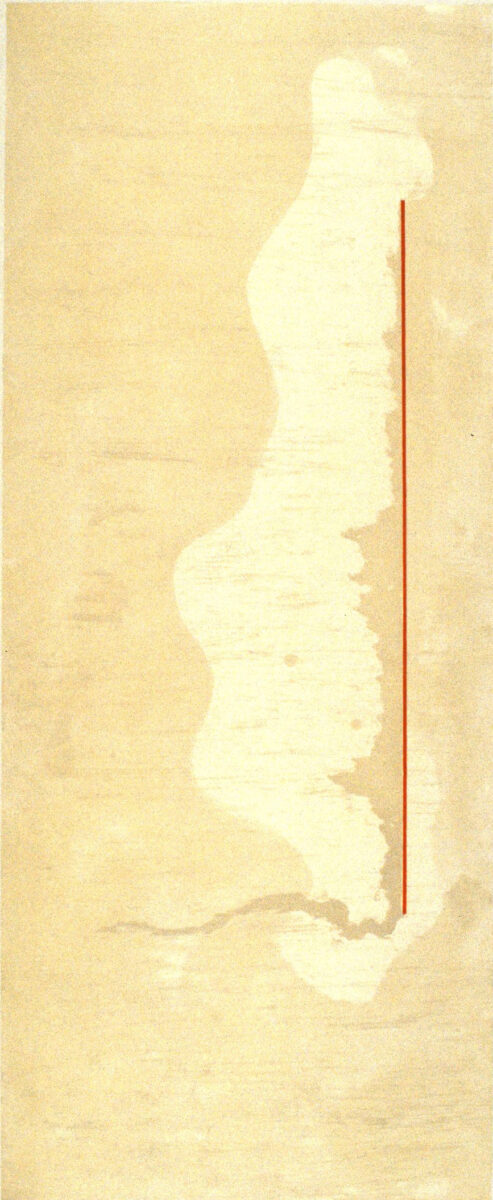
Color spit bite and soap ground aquatints with aquatint printed on gampi paper chine collé.
44½ x 18¼"; 55 x 24¼". 25.
Crown Point Press and Renée Bott.
$6,500 fair market value Unavailable
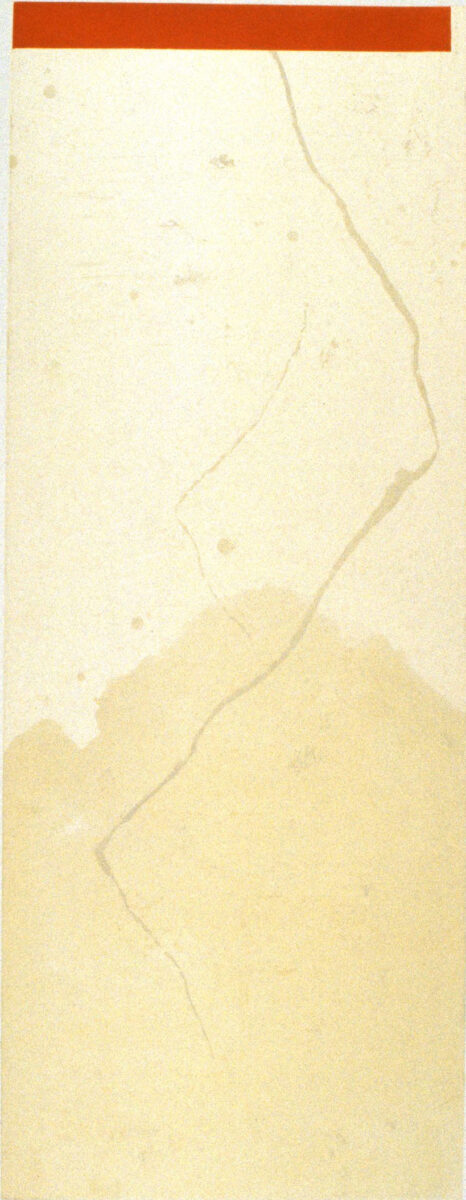
Color spit bite and soap ground aquatints with aquatint printed on gampi paper chine collé.
44¾ x 11¼"; 55 x 23¼". 25.
Crown Point Press and Renée Bott.
$6,500 fair market value Proof AvailableProof Available
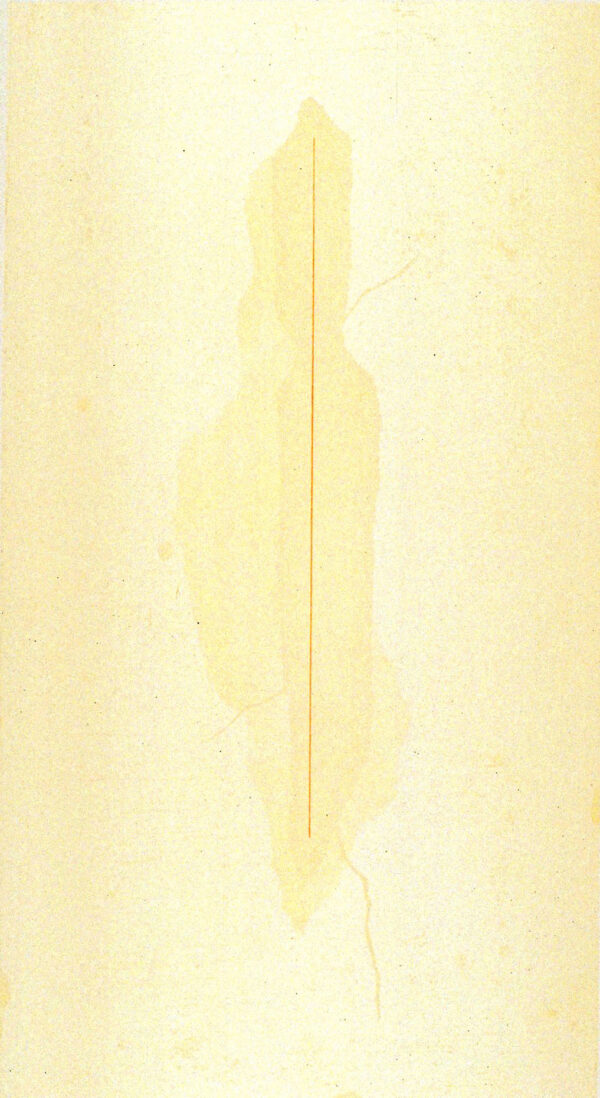
Color spit bite and soap ground aquatints with aquatint printed on gampi paper chine collé.
44¾ x 24½"; 55 x 30". 25.
Crown Point Press and Renée Bott.
$6,500 InquireInquire